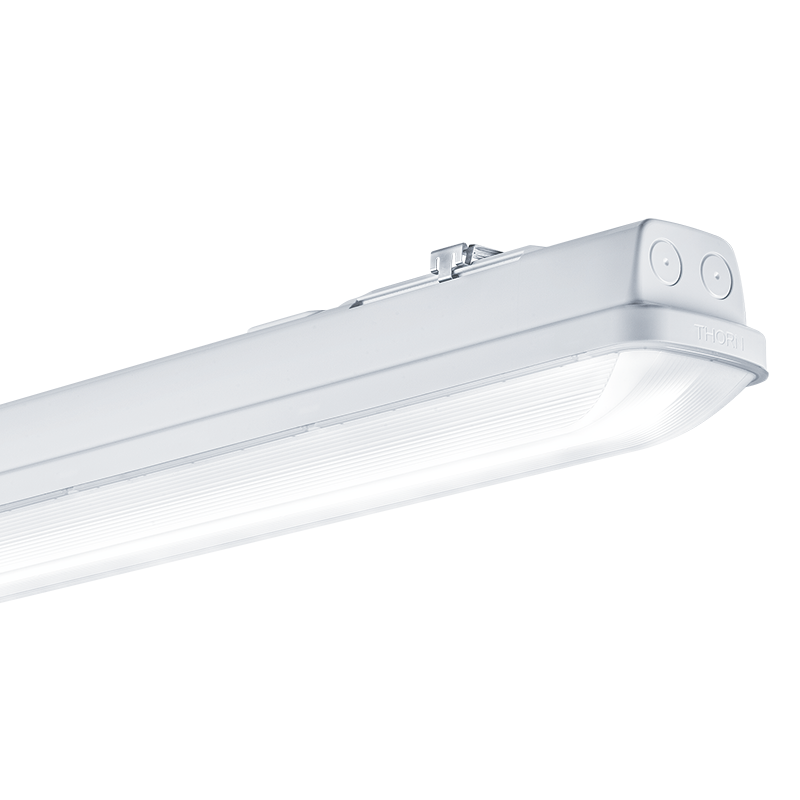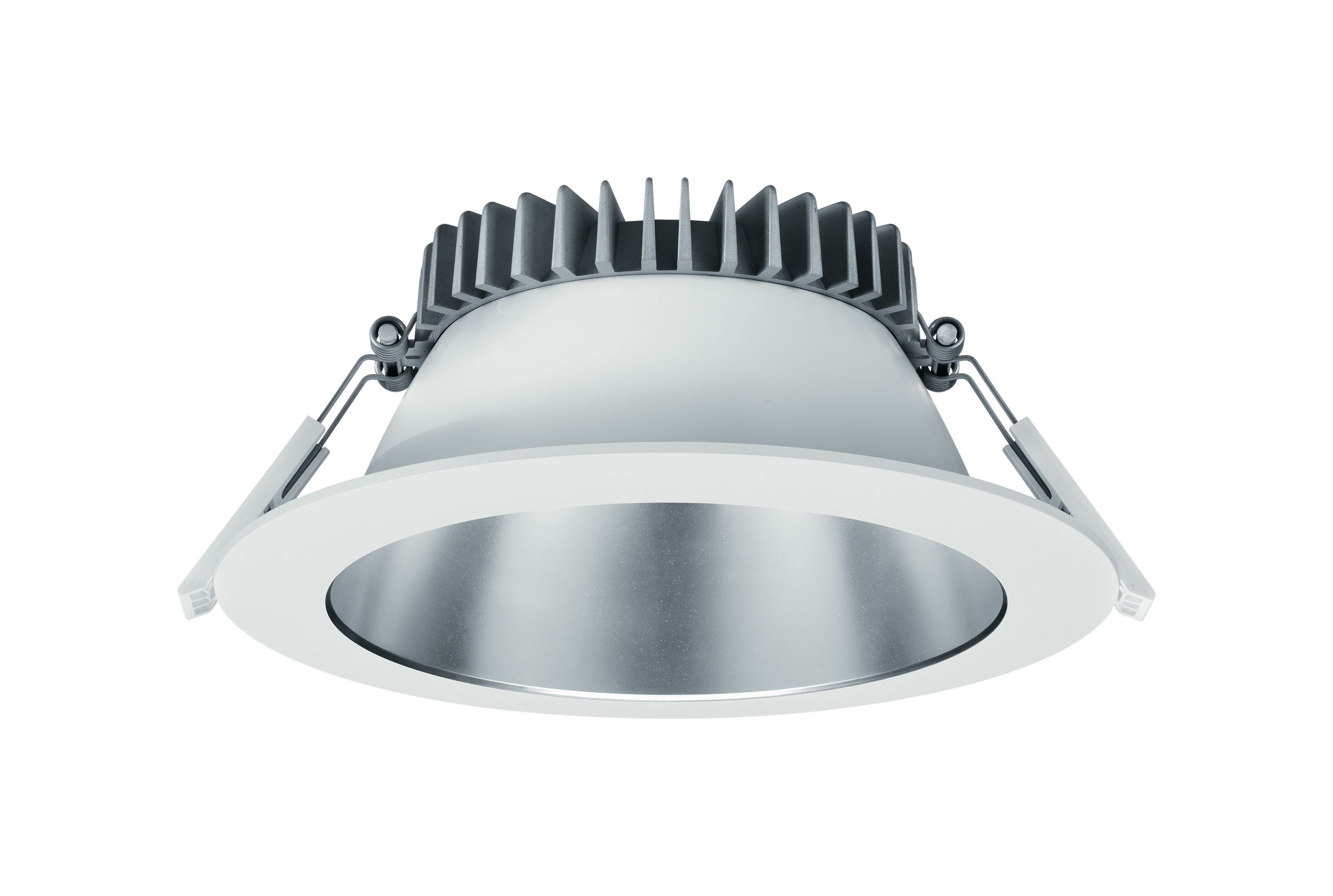Chelsea & Westminster Hospital

Client
Chelsea and Westminster Hospital NHS Foundation Trust
Project location
London, United Kingdom
Project date
2018

Enhancing Healthcare Lighting for Chelsea and Westminster Hospital
As part of its commitment to sustainability and energy efficiency, Chelsea and Westminster Hospital NHS Foundation Trust undertook a large-scale LED lighting upgrade across multiple phases. The goal was to reduce energy consumption, lower maintenance costs, and improve patient comfort while ensuring minimal disruption to hospital operations. In collaboration with Ferguson Brown Consultants, the hospital secured funding to implement a point-for-point LED retrofit, significantly cutting carbon emissions and optimizing lighting conditions in critical areas.

Enhancing Healthcare Lighting for Chelsea and Westminster Hospital
As part of its commitment to sustainability and energy efficiency, Chelsea and Westminster Hospital NHS Foundation Trust undertook a large-scale LED lighting upgrade across multiple phases. The goal was to reduce energy consumption, lower maintenance costs, and improve patient comfort while ensuring minimal disruption to hospital operations. In collaboration with Ferguson Brown Consultants, the hospital secured funding to implement a point-for-point LED retrofit, significantly cutting carbon emissions and optimizing lighting conditions in critical areas.

Cutting-Edge Products Deliver Efficiency and Long-Term Savings
The installation of Thorn’s energy-efficient lighting solutions resulted in a 42% energy reduction, delivering a return on investment in under five years. Additional benefits include reduced maintenance costs and enhanced safety in 24-hour care environments. With Phase 1 successfully completed, Chelsea and Westminster Hospital is now planning further refurbishments to modernize the remaining 60% of its lighting infrastructure, setting new standards in sustainable healthcare illumination.
"Energy efficiency is at the core of our design ideals, and the consistent support from the Zumtobel Group across projects helped drive a highly efficient lighting scheme. Their commitment to quality and service was exemplary, ensuring seamless integration and long-term sustainability."
Martin Lorimer, Associate at Wallace Whittle
LIGHT THAT SUPPORTS CARE
Health & Care Lighting Case Studies



